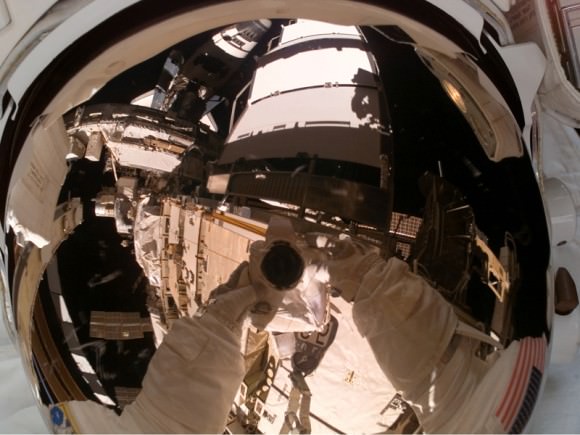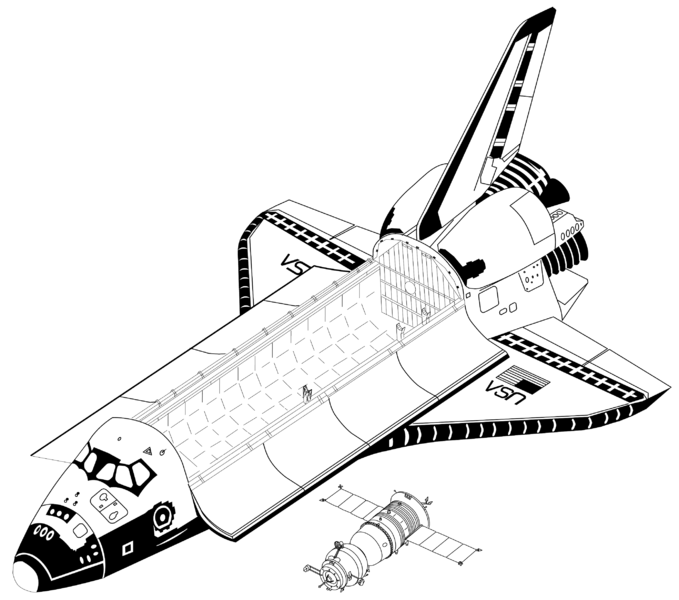Getting into space is never a guarantee for an astronaut. Heck, getting into an astronaut program can be tough, as Koichi Wakata and Rick Mastracchio told Universe Today.
The crewmates on Expedition 38/39 are supposed to head to the International Space Station in November. But they beat incredible odds to be selected in the first place. Wakata, who is with the Japanese Aerospace Exploration Agency (JAXA), didn’t even have an astronaut program to join when he was a kid. Mastracchio (from NASA) did, but it took him nine years’ worth of applications to get in.
“When I was five years old, I saw the Apollo [11] lunar landing,” Wakata said. “This was before I was going to school, kindergarten timeframe. But there was no astronaut program in Japan, so I thought it was physically beyond my reach. It was something I longed for.”
With no Japanese astronauts to look up to, Wakata put himself in a related career: airplane engineering. Between 1989 and 1992, he worked as an aircraft structural engineer for Japan Airlines. It was while he was in this career that he saw a newspaper advertisement recruiting the first Japanese astronauts. He applied and was let in, first try.

“I was lucky to get into this program,” Wakata said. And now he has a new milestone in his sights: becoming the first Japanese commander of the International Space Station during Expedition 39. Wakata’s space experience includes operating every piece of robotics hardware currently on orbit, from the Canadarm to the Japanese Kibo robotic arm.
He also has extensive leadership training behind him, which helped him prepare for command. He was in charge of an underwater lab (called NASA Extreme Environment Mission Operations, or NEEMO) in 2006. Wakata also received National Outdoor Leadership training, which puts people in wilderness situations to test their skills.
Finally, Wakata also watched closely what his own spaceflight commanders did. He is a big admirer of Brian Duffy, who flew four times in space — including two of Wakata’s missions. “I learned a lot from him and I try to imitate what he did,” Wakata said.
Unlike Wakata, his crewmate Mastracchio was born in a country with a well-established astronaut program. That also meant, however, a lot of competition. Mastracchio made applications practically every year between 1987 and 1996. Every time he was turned down, he would look for a way to make himself better for the next round.

“I tried not to do things to become an astronaut. I tried to do things that I thought would be interesting,” Mastracchio said. At the same time, those interesting things happened to be items that astronauts would find useful.
Hired in 1987 for Rockwell Shuttle Operations Company in Houston, Mastracchio then moved to NASA in 1990 as an engineer in the flight crew operations directorate. He earned a masters degree in physical science at the nearby University of Houston-Clear Lake in 1991. Mastracchio also got a pilot’s license.
Around the same time of another unsuccessful selection in 1994, Mastracchio switched jobs and became a flight controller in the front room of Mission Control. It’s hard to say if that made the difference, he acknowledged, but for what it’s worth he was selected in 1996. “I just gained more experience, over time, in different jobs,” he said.
Mastracchio has since flown three times into space, performing six spacewalks in that time. There are no further “outside” activities planned for him during Expedition 38/39, but he has trained as a backup just in case.


